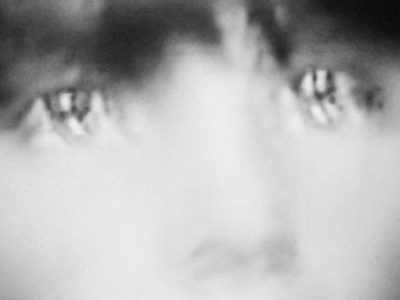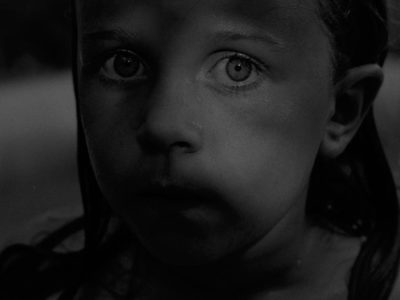FotoFirst — Aaron Dickson’s Photos Scrutinize Our Relationship with the Environments We Build
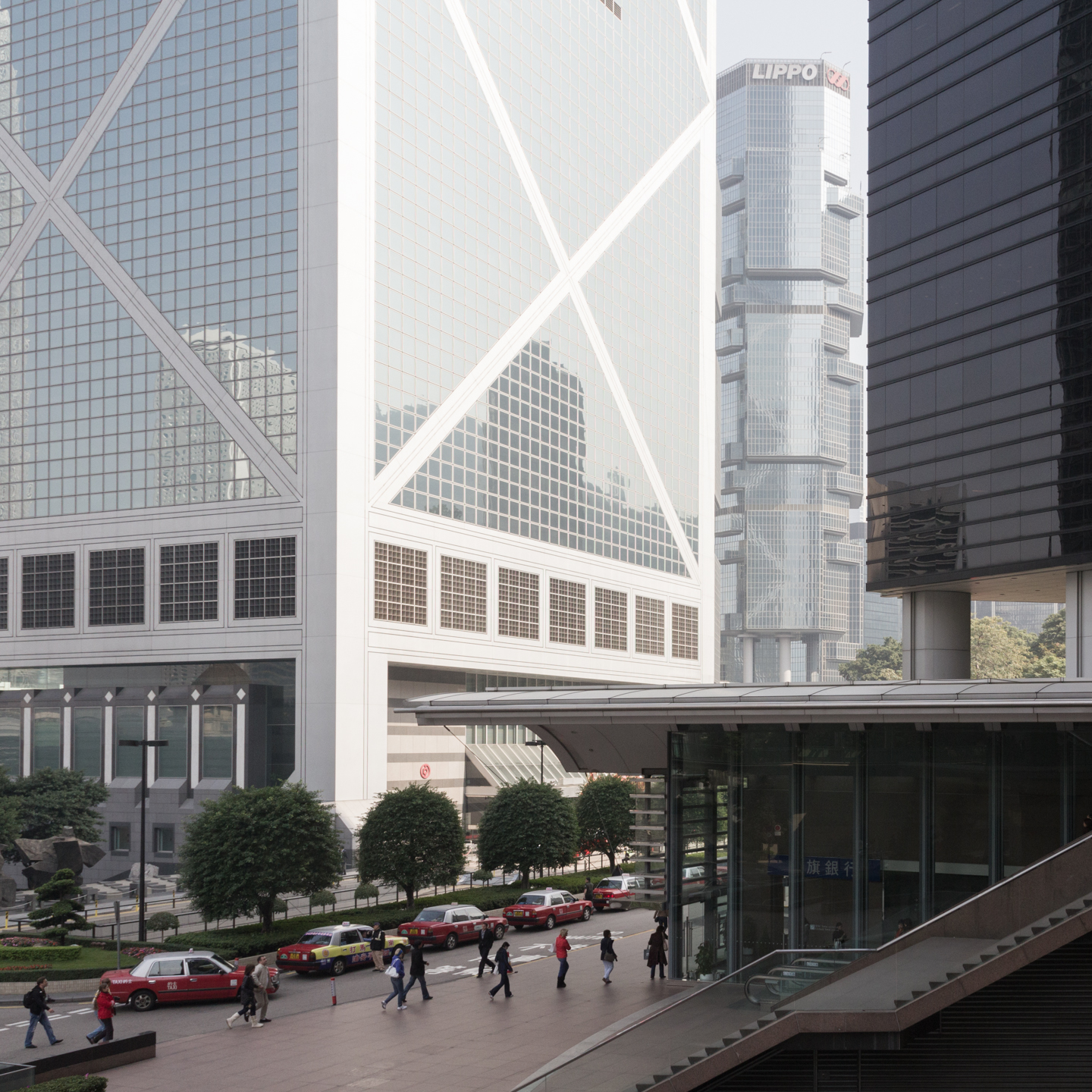
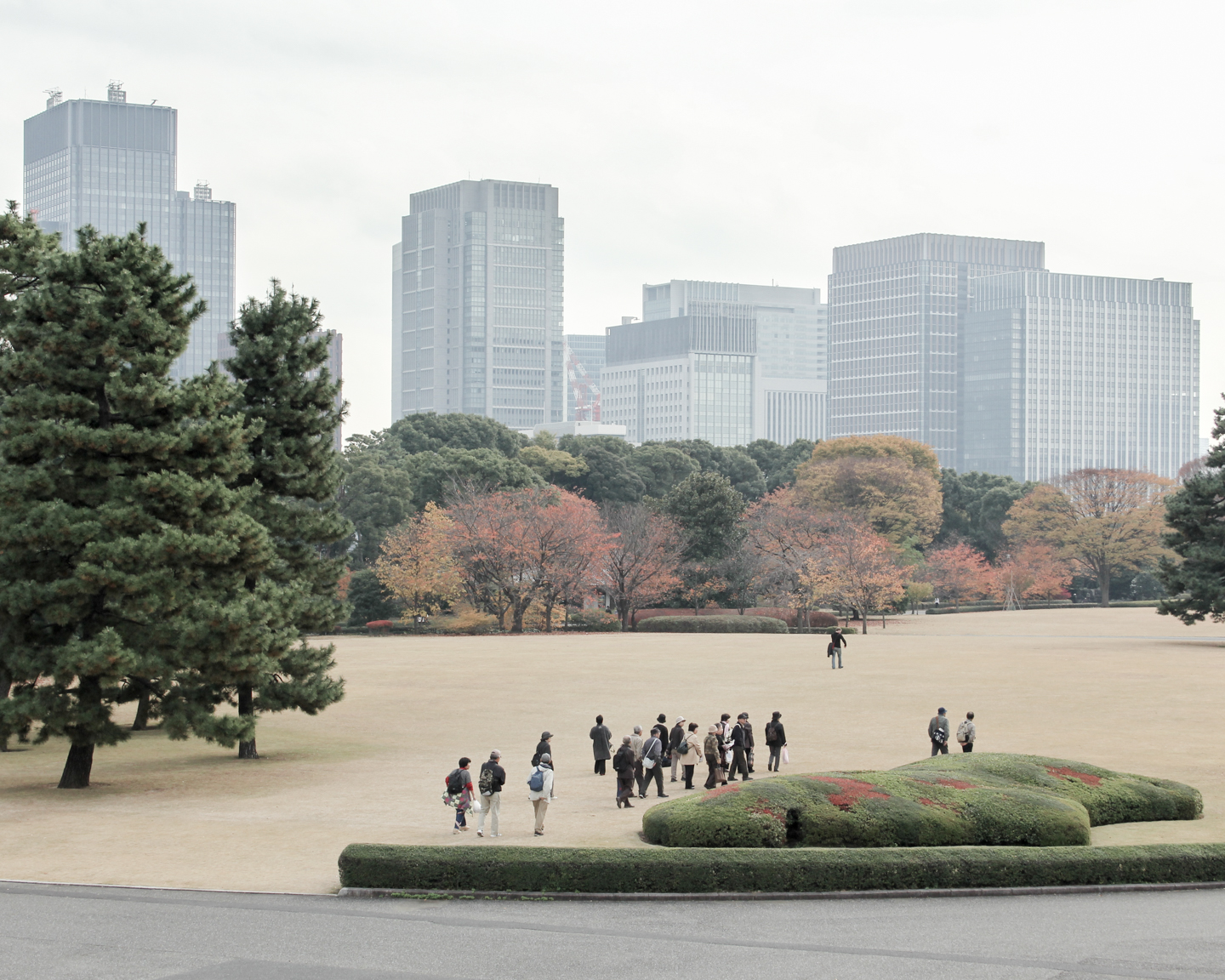
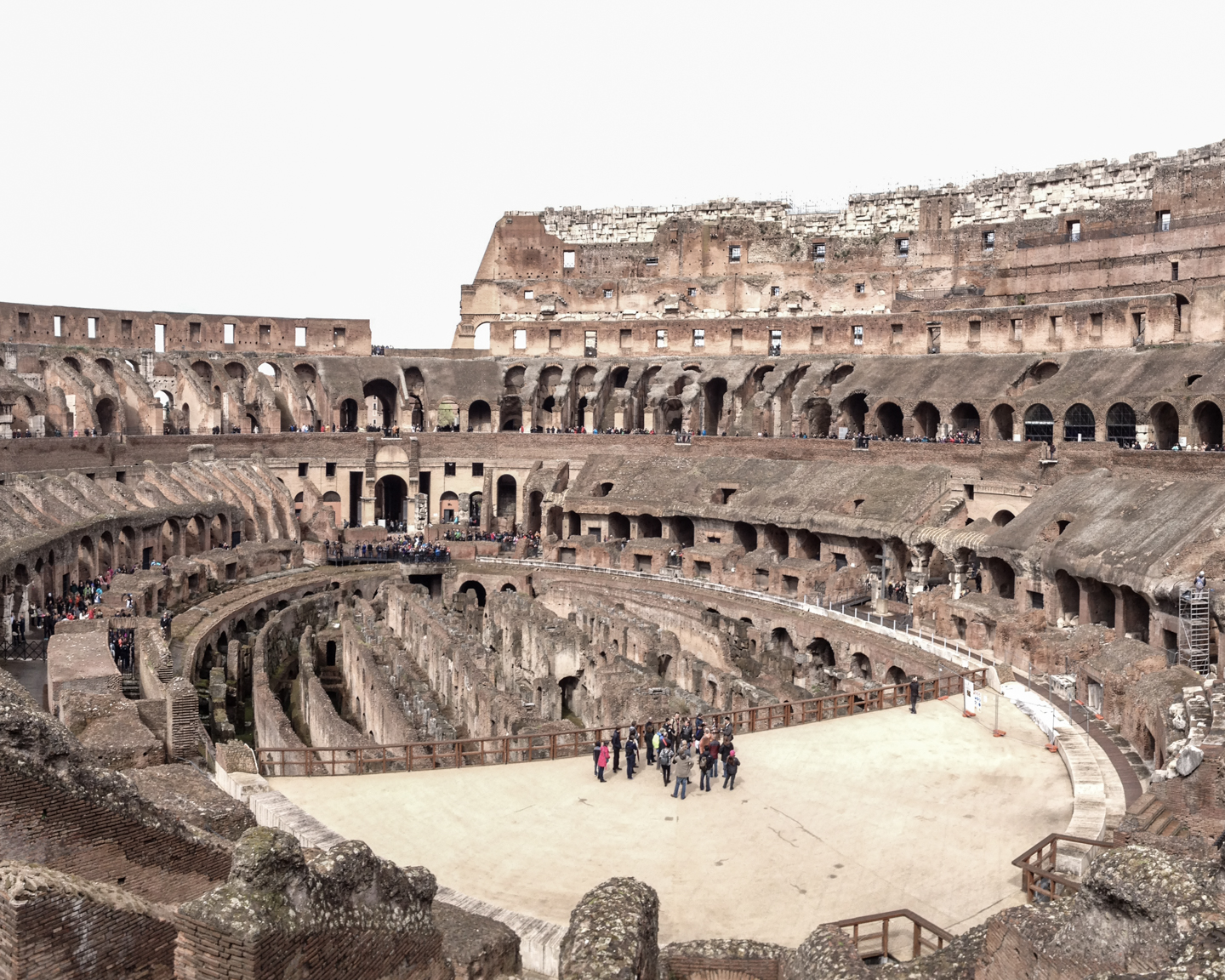
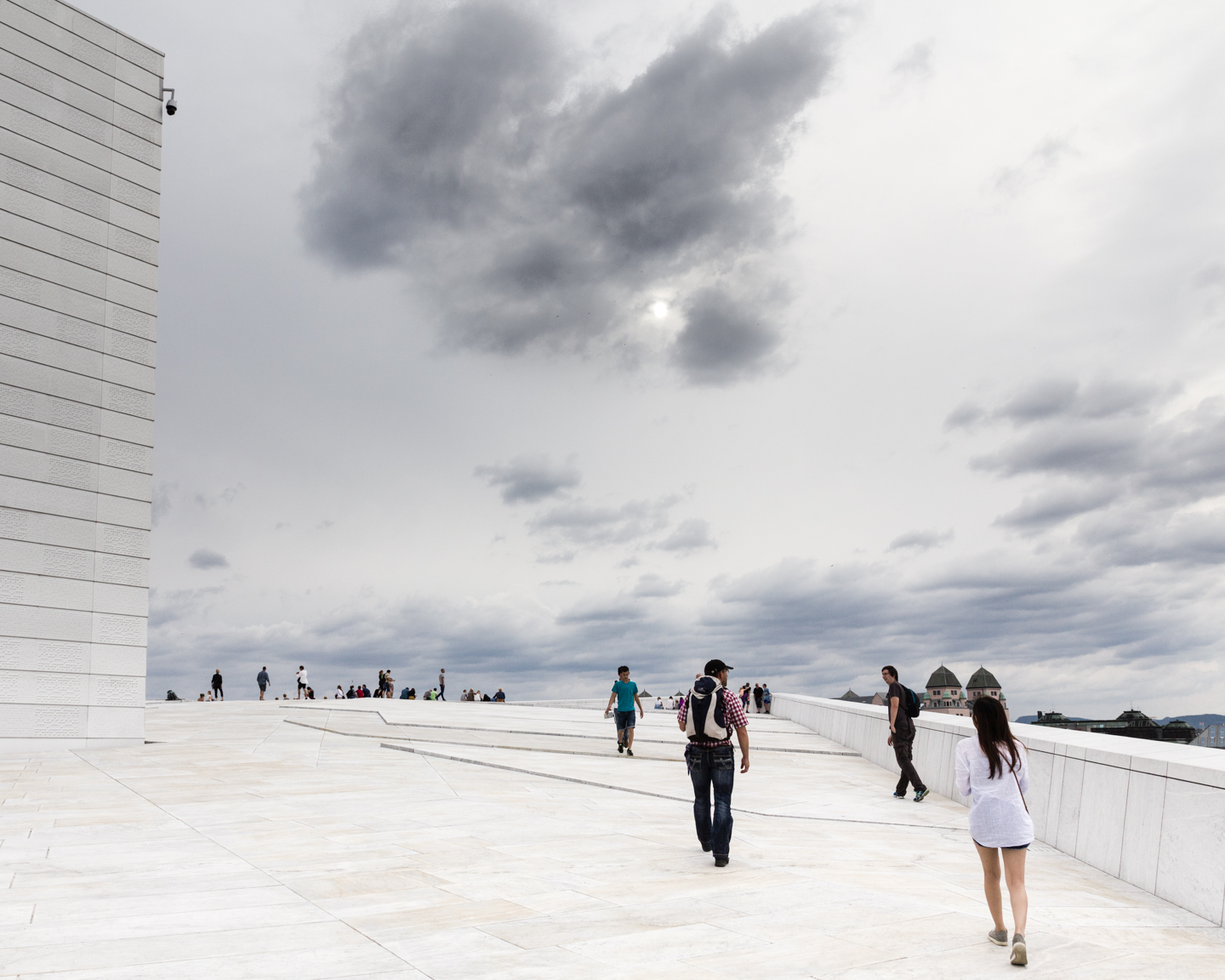
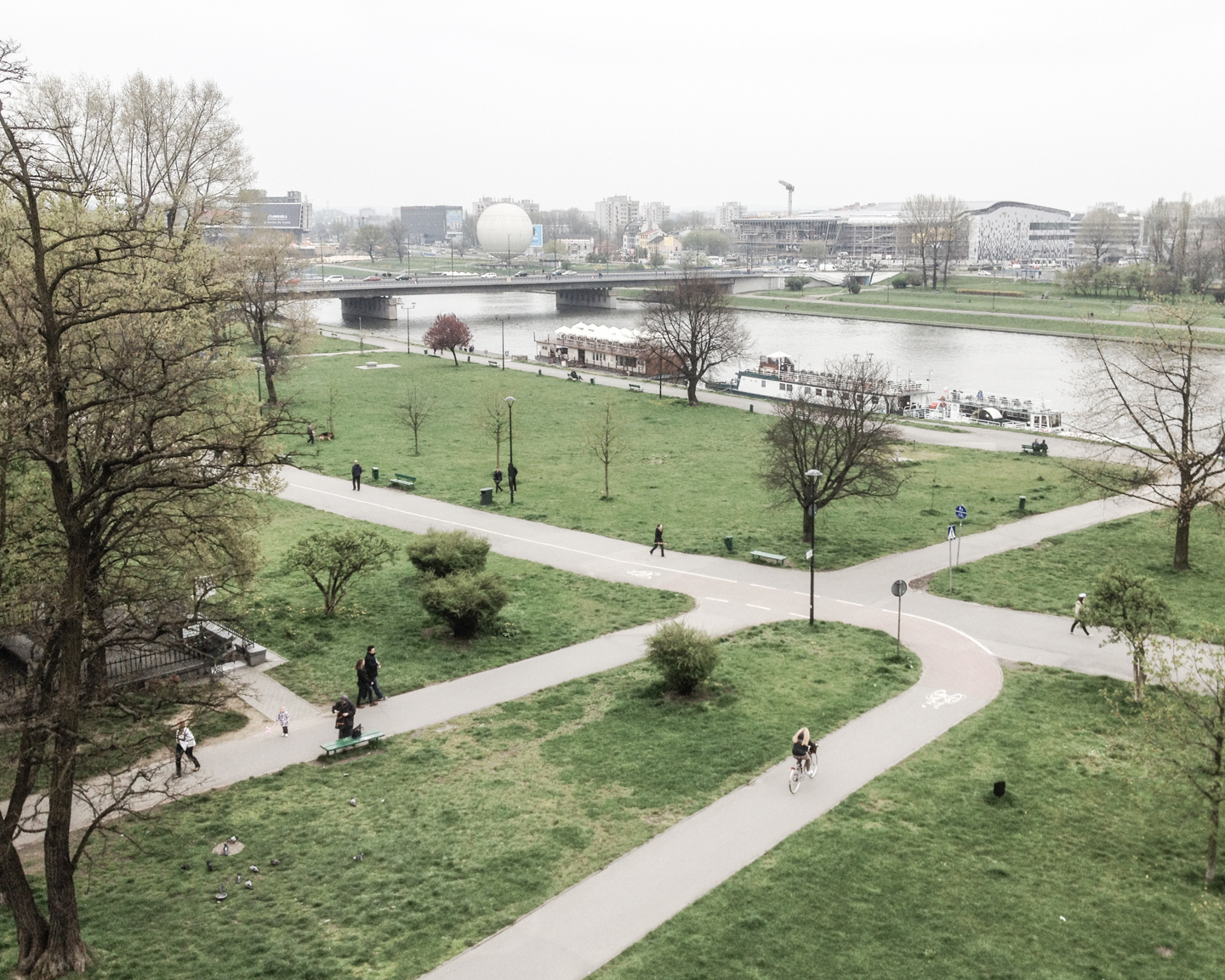


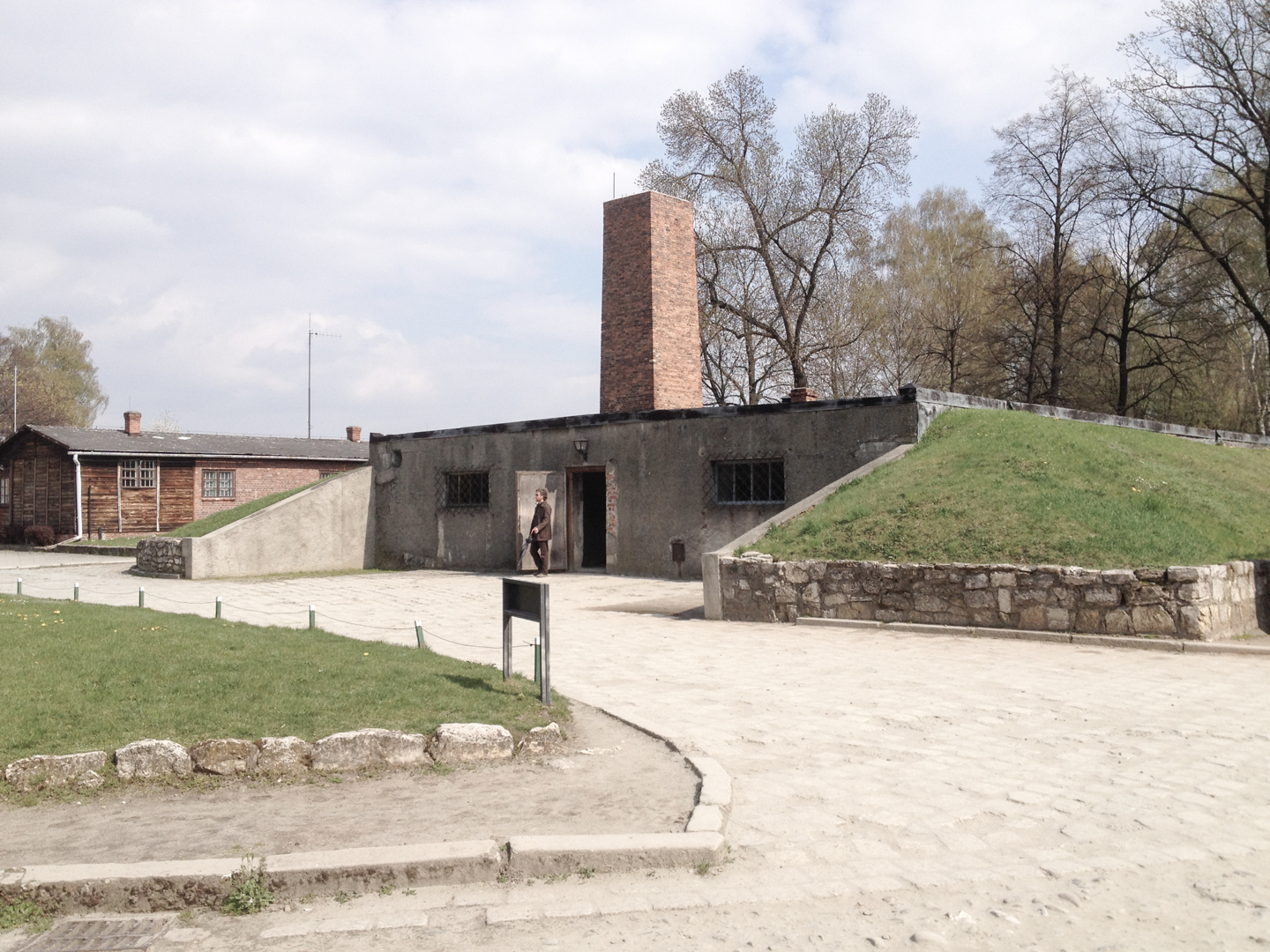
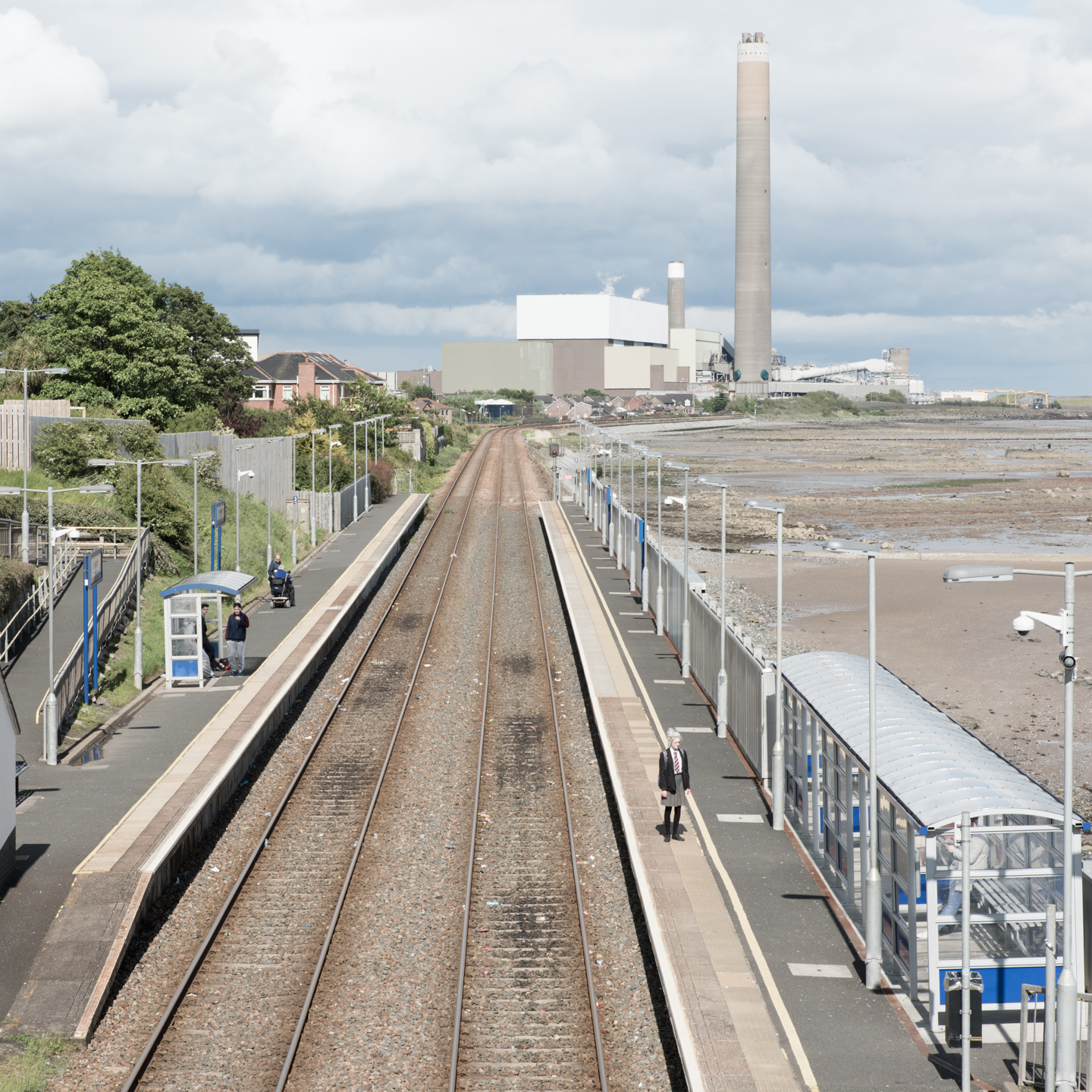
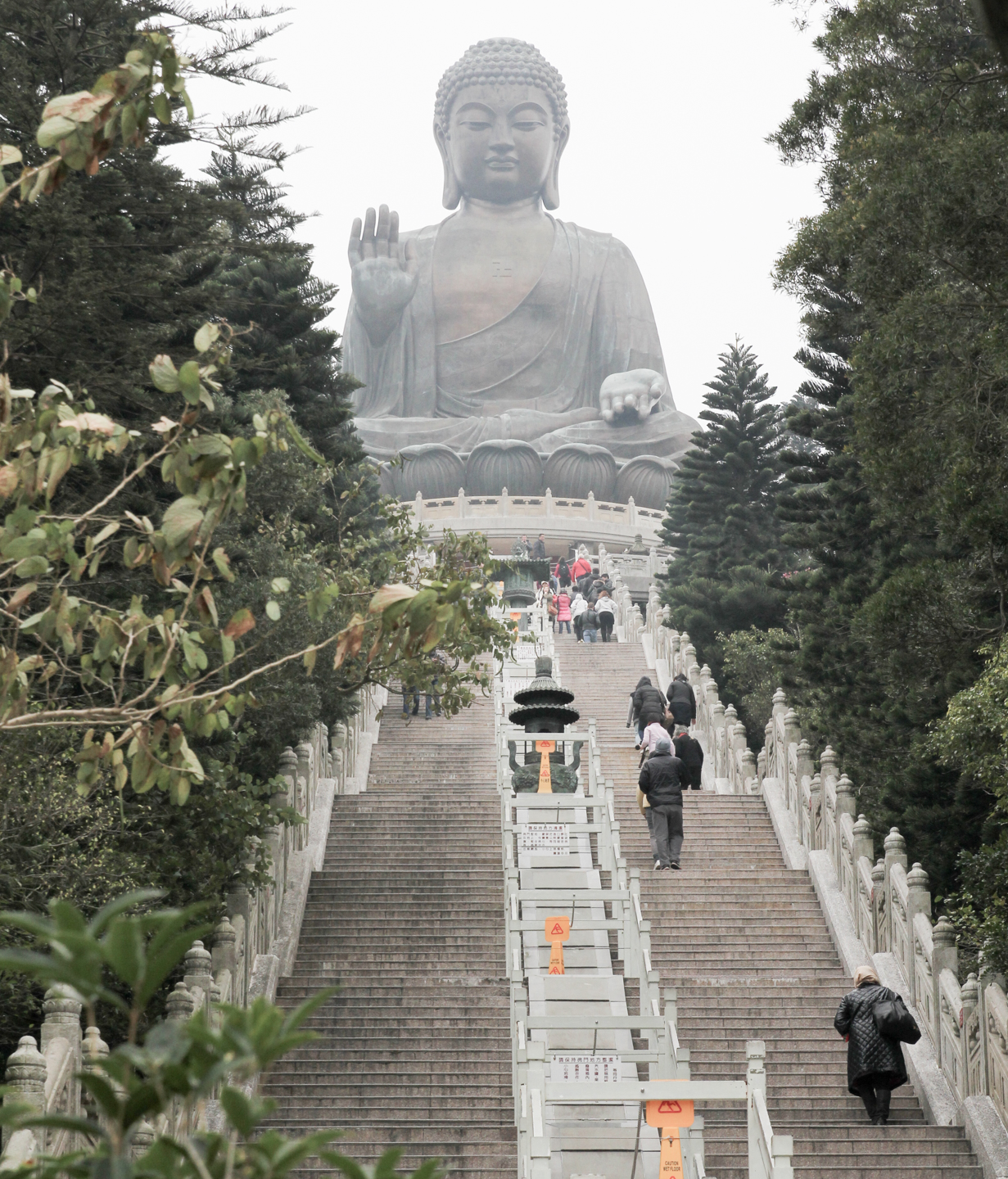

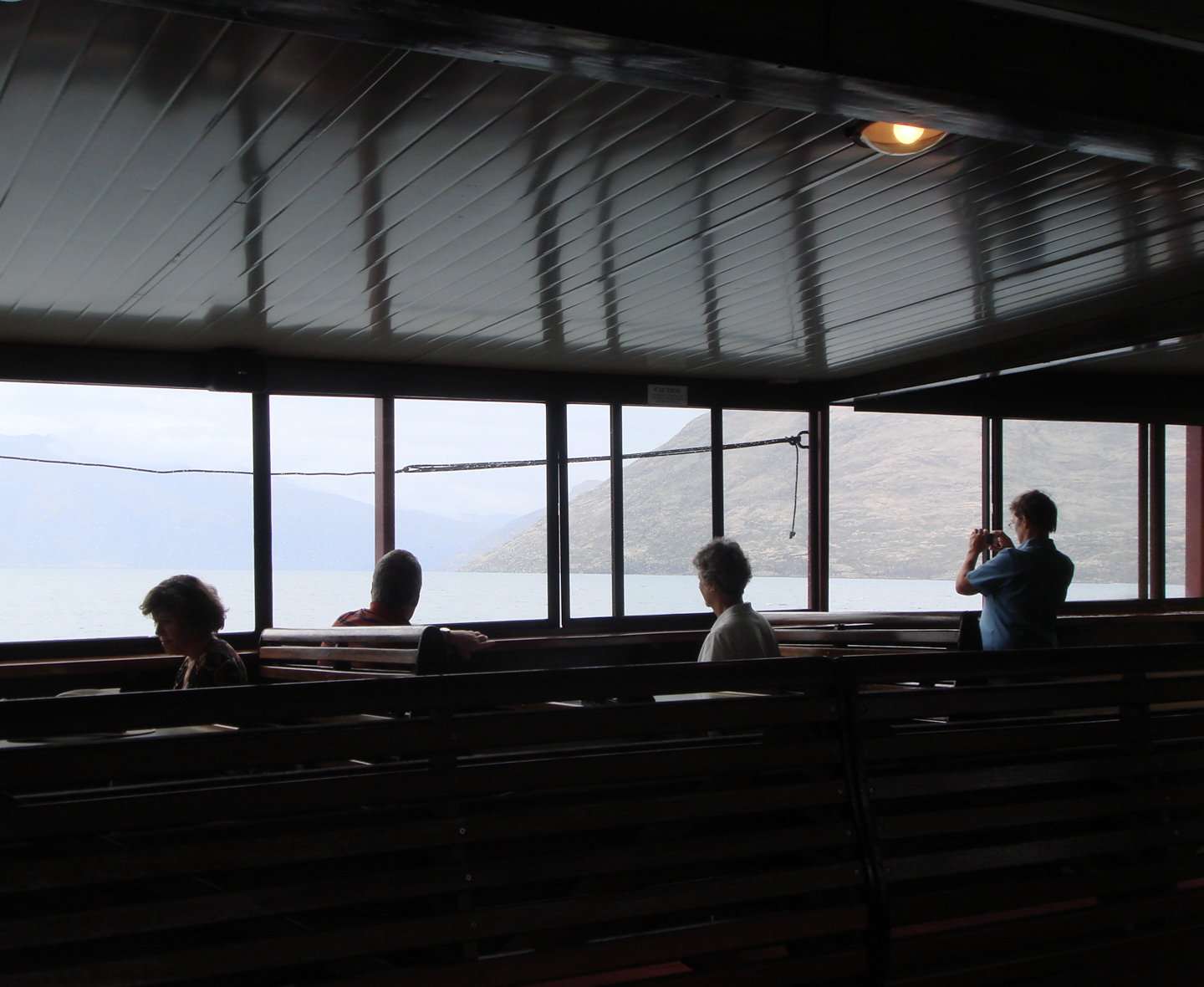

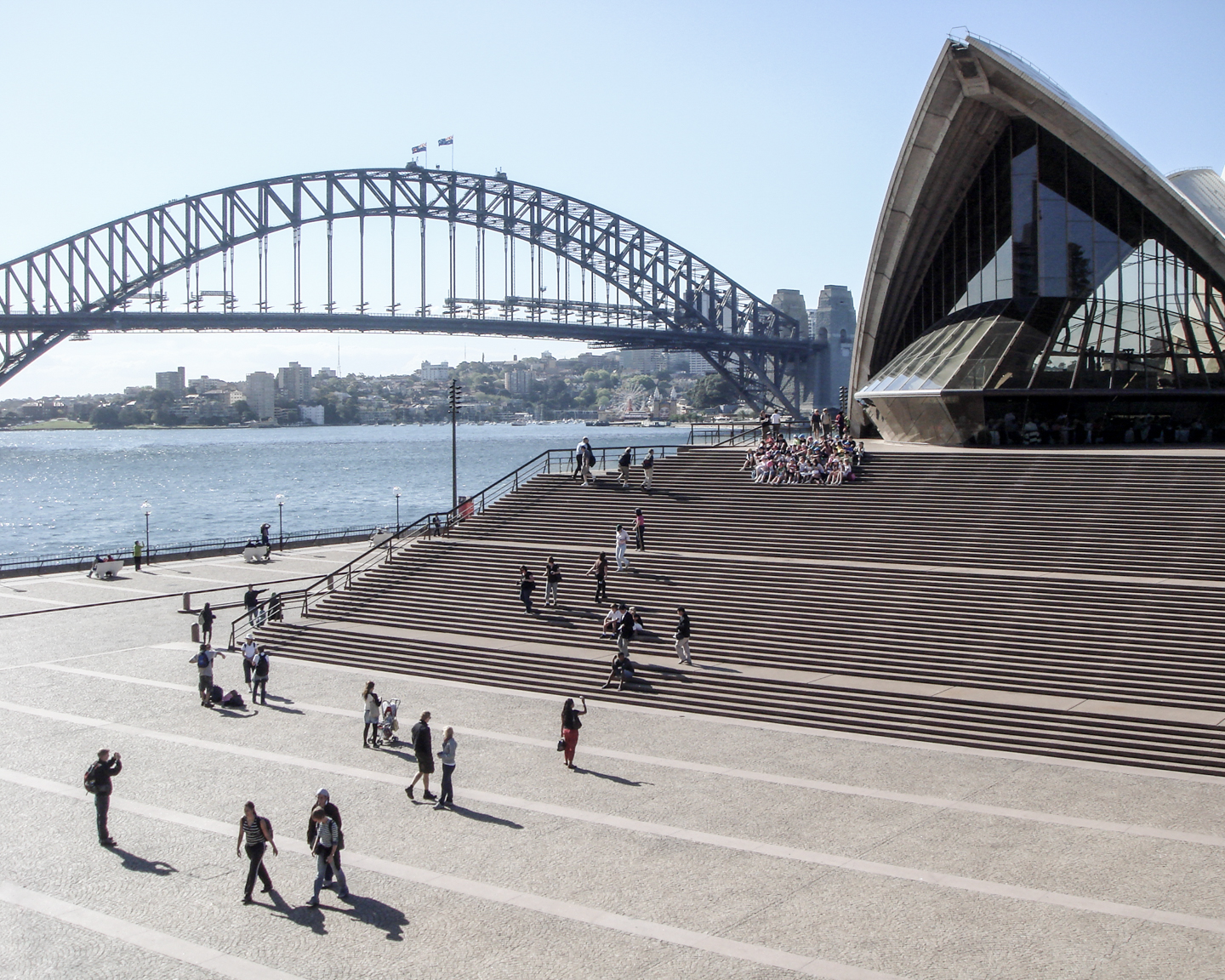

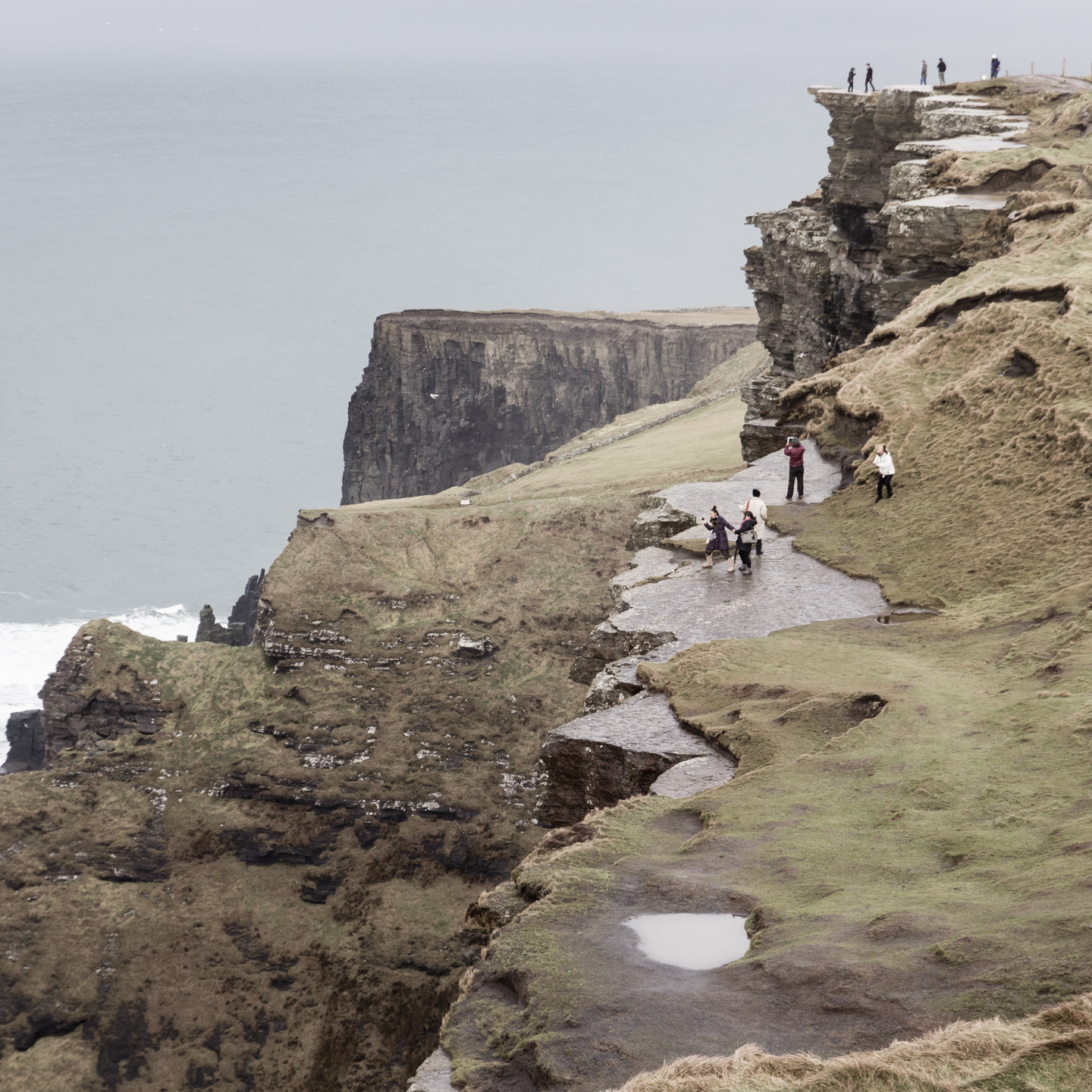
In his previously unpublished series Outlines, Irish photographer Aaron Dickson (born 1980) creates a dramatic contrast between the landscapes he photographs and the human beings who move around in them, questioning how we use the spaces we inhabit.
Hello Aaron, thank you for this interview. What are your main interests as a photographer?
Hello and thank you for your interest in my work. Why do we do the things we do? Why do we visit the places we do, construct the buildings we do, enjoy the things that we do? Why do we make certain decisions? My main interest as a photographer is looking at human behavior within societies.
Please introduce us to Outlines.
The writer Josephine Hart wrote: “There is an eternal landscape, a geography of the soul: we search for its outlines all our lives”. As we negotiate our finite existence in the search for greater things, the effects of modern life upon our various habitats are being felt worldwide. Outlines looks at landscape, environment and some of the spaces that we inhabit, and considers our impact upon the world, each other and the eternal landscape.
What inspired Outlines, and what was your main intent in creating this work?
I have to admit I didn’t set out to make this project. It wasn’t like I was looking at a map and sticking pins in various locations and thinking that would be a good place to go and photograph. I have always loved to travel and visit new places. That must be true of so many of us, both now and in our past. Something happens inside the brain when you experience somewhere new: it’s almost as if a light suddenly turns on inside an empty room. That room becomes filled with sights, sounds, smells, sensations and emotions. Each sensation, each room, leads to another. My main intent in creating this work was to help discover answers to the questions: why do we explore, what are we searching for and what do we keep in once empty rooms?
Based on what did you choose the locations you photographed, and why did you select several tourist attractions among them?
I’m initially drawn by a certain landscape. For example, the photograph of the student waiting at the train station with the power plant in the background: it’s doubtful that location will ever become a tourist attraction, but to me that was a captivating landscape on its own due to the juxtaposition of each element in the frame. I waited for a train to enter the frame to see if the addition of another element could add to the photograph. Trains came and went, and the photograph changed into being about something else, something less interesting. It was the appearance of the human being—her school uniform, the way she stood motionless waiting for the train—that for me, ignited every other element in that particular photograph. I wonder where she was going, her future and I think about her prospects in a post-industrial society.
I selected tourist attractions because that is where people usually are, and because they usually are places worth visiting even without a camera—a ruined castle, an architectural wonder, a geographic oddity or a place of historical significance. These locations provide a sense of awe, of perspective and often, in my opinion, of humility.
A typical characteristic of the Outlines images is the juxtaposition of large-scale environments with the small human beings. Can you talk a bit about constructing the photographs for this project?
I wanted to photograph human beings and as much of the landscape as I needed to in the same frame at the same time. To try and find that balance was absolutely crucial. One way to do it was to frame for a landscape photograph and allow the people to enter the frame. The other way was to follow the human beings and allow the landscape to enter the frame. Without explaining away the meaning of the work, the juxtaposition of human beings with the environment is what it’s all about.
Please choose a photo from Outlines and share with us something we can’t see in the picture.

You may recognize this building as a crematorium from Auschwitz concentration and extermination camp. I was on a guided tour of the camp and we had just emerged from inside the crematorium. As we walked to the next stop on the tour, I turned and took this photograph with my phone. It was sometime later, after looking at the photograph that I noticed the man emerging from the building. I hadn’t noticed him at the time, but he helped me consider how many people that entered that place never walked out. When I spoke earlier about that empty room in one’s mind that becomes full of experiences… this was one of those times.
Did you have any specific references or sources of inspiration in mind while working on Outlines?
One of my favorite photographs is by Stephen Shore entitled ‘Merced River, Yosemite National Park, California August 13, 1979’. It is a photograph of people, possibly a family, beside a river in Yosemite National Park. There is a boy paddling in the water, another person on the riverbank looking through binoculars, a woman walking with a child and holding hands, a woman holding a boy’s shirt as if she is about to help him put it on or fold it after it has been taken off, and a pram/stroller beside the river. This scene is played out amongst a grand landscape of tall trees and granite peaks under what looks like a warm summer sky. The quote by Josephine Hart that I mentioned earlier continues to be a source of inspiration.
What have been the main influences on your photography?
Lucinda Devlin’s ‘Omega Suites’; John Alcott’s work on Stanley Kubrick’s version of ‘The Shining’; Joel Sternfeld’s ‘On This Site’; Jane & Louise Wilson’s ‘Stasi City’; the NYC Crime Scene Photography of 1916; Candida Höfer’s ‘Architecture of Evidence’; Larry Sultan’s ‘Evidence’; Donovan Wylie’s ‘The Maze’; Paul Seawright’s ‘Police Force’; Robert Adams ‘The New West’.
Who are some of your favorite contemporary photographers?
Alec Soth, Jeff Wall, Hans Van Der Meer, Stephen Shore, Paul Seawright, Anthony Hernandez, Paul Graham, Andreas Gursky, Candida Hofer, Carl De Keyzer, Edward Burtynsky.
Choose your #threewordsforphotography.
Art. Science. Perception.
Keep looking...

FotoCal — Photography Awards, Grants and Open Calls Closing in June 2025

FotoCal — Photography Awards, Grants and Open Calls Closing in May 2025

FotoCal — Photography Awards, Grants and Open Calls Closing in April 2025

FotoCal — Photography Awards, Grants and Open Calls Closing in March 2025

FotoCal — Photography Awards, Grants and Open Calls Closing in February 2025

FotoCal — Photography Awards, Grants and Open Calls Closing in January 2025

FotoCal — Photography Awards, Grants and Open Calls Closing in December 2024


